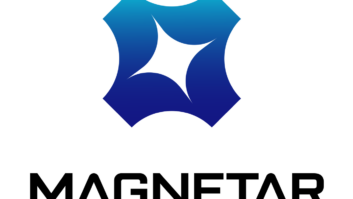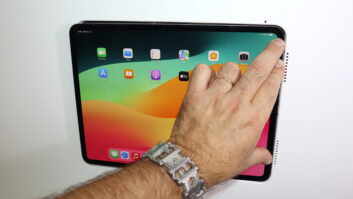Poway, Calif. — Gateway CEO Ted Waitt is viewing his decision to buy eMachines as the answer to several of his company’s most pressing problems, primarily returning to profitability and increasing the visibility of its CE product line.
Gateway and eMachines announced on Jan. 30 that the latter firm will be acquired for 50 million shares of Gateway stock and $30 million in cash. The new company is expected to generate about $4.5 billion in revenue and sell almost 4 million PCs worldwide, based on 2003 figures. It will be led by eMachines CEO Wayne Inouye, who will take over the chief executive position at Gateway and be named to that company’s board of directors when the deal is finalized at the end of the first quarter. Waitt, Gateway’s founder, will remain chairman of the board and play an active role in the company’s product development and strategic marketing plans.
Waitt said the addition of eMachines will put Gateway on the track to profitability, which he hopes to reach by 2005. No layoffs were announced for either company.
Waitt hopes to accomplish this task through continued cost-cutting measures at his own firm, plus adopting several of eMachines practices that allow it to be profitable, while selling very low cost computers at retail. Waitt and Gateway CFO Rod Sherwood highly praised eMachines’ low SG&A costs, which Inouye said is in the mid-single digits. Sherwood hoped Gateway could attain SG&A costs in the high single- to low double-digits by adopting eMachines’ model. Inouye pointed out that with just 138 employees eMachines generated $1.1 billion in sales and nine straight quarters of profitability by being a tightly run organization, a practice that Gateway could imitate. Gateway had sales of about $3.5 billion in 2003 and has about 7,500 workers.
The biggest financial albatross around Gateway’s neck is its retail store chain. The stores, which were just revamped to better sell CE products, are a financial drain on the company, Waitt admitted, but they also generate a higher margin than the company’s direct-sales operation.
‘As we work through the integration we will look closely at the retail operation. We want to get our costs down,’ Waitt said, adding that it was too early to say whether closing any stores would be necessary.
Gateway also plans to use eMachines’ existing retail distribution model to sell Gateway’s growing line of CE products outside of the company’s traditional direct-sales operation and the Gateway Stores. The potential for channel conflict between the Gateway Stores and other retailers was not lost on Waitt and Inouye. Inouye, a former Best Buy executive, said he has not approached any retailer about selling Gateway-branded CE products so he could not say at this time if retailers would be receptive of the line.
Waitt believes that by carefully presenting each brand in each of Gateway’s channels, most conflict can be avoided.
‘Retailers who are practical will see the benefits of an established brand like Gateway,’ Inouye added.
In the PC segment the two company’s operations will remain separate, with Gateway computers selling through its retail stores and direct sales operation and eMachines through retailers like Best Buy, Circuit City and CompUSA. The new company will ship about 4 million PCs per year, the executives said.
There is no plan to sell eMachines’ products through Gateway’s stores or direct, Waitt said, but this could change going forward.
Waitt said the PC lines are complimentary. Gateway’s most profitable segment is selling higher-end desktops and notebooks, while eMachines excels in the sub-$800 arena.
The deal will also relaunch Gateway into the international market. Last year eMachines entered the Japanese and United Kingdom, markets abandoned by Gateway two years ago.
News of the deal came on the heels of Gateway’s fourth-quarter earnings release, which saw revenue fall and net loss widen.
Revenue in the fourth quarter dropped 17 percent, to $875.1 million, from $1.1 billion in the year-ago period. The company’s net loss widened to $111.3 million, from a $69.2 million loss the previous year. The current quarterly loss included restructuring charges of $41 million and a tax provision of $24 million.
Last year, Gateway decided to counter declining PC revenue and continuing negative quarters with the introduction of a line of CE products. These include flat-panel televisions, digital cameras, handheld computers and other products that link to PCs. Following this change, the company reported a 39 percent fourth quarter rise in non-PC consumer electronics revenue, to $268 million.
CE revenue, alone, rose to $102 million in the fourth quarter, ended Dec. 31, up 169 percent year-on-year and 60 percent sequentially. CE revenue as a percent of total revenue climbed to 12 percent, an increase of 4 percent year-over-year and 7 percent sequentially.
Disappointing Gateway holiday sales in the fourth quarter, in part, were due to shortages of such CE products as 42-inch and 50-inch plasma TVs, and also reduced supplies of its Media Center PCs, said the company.













